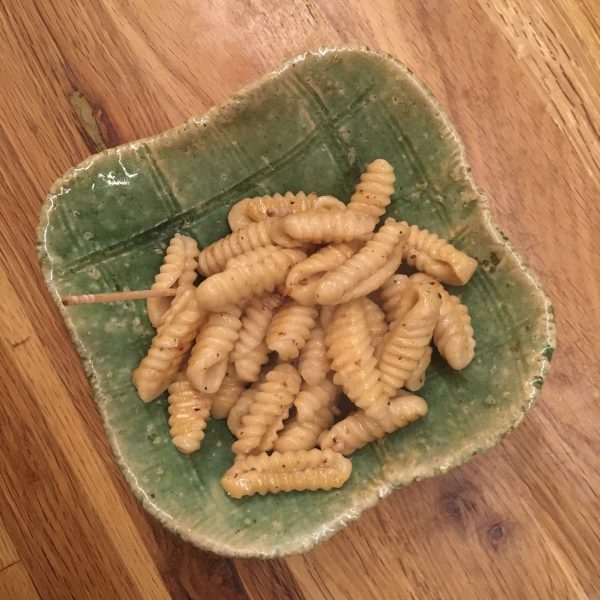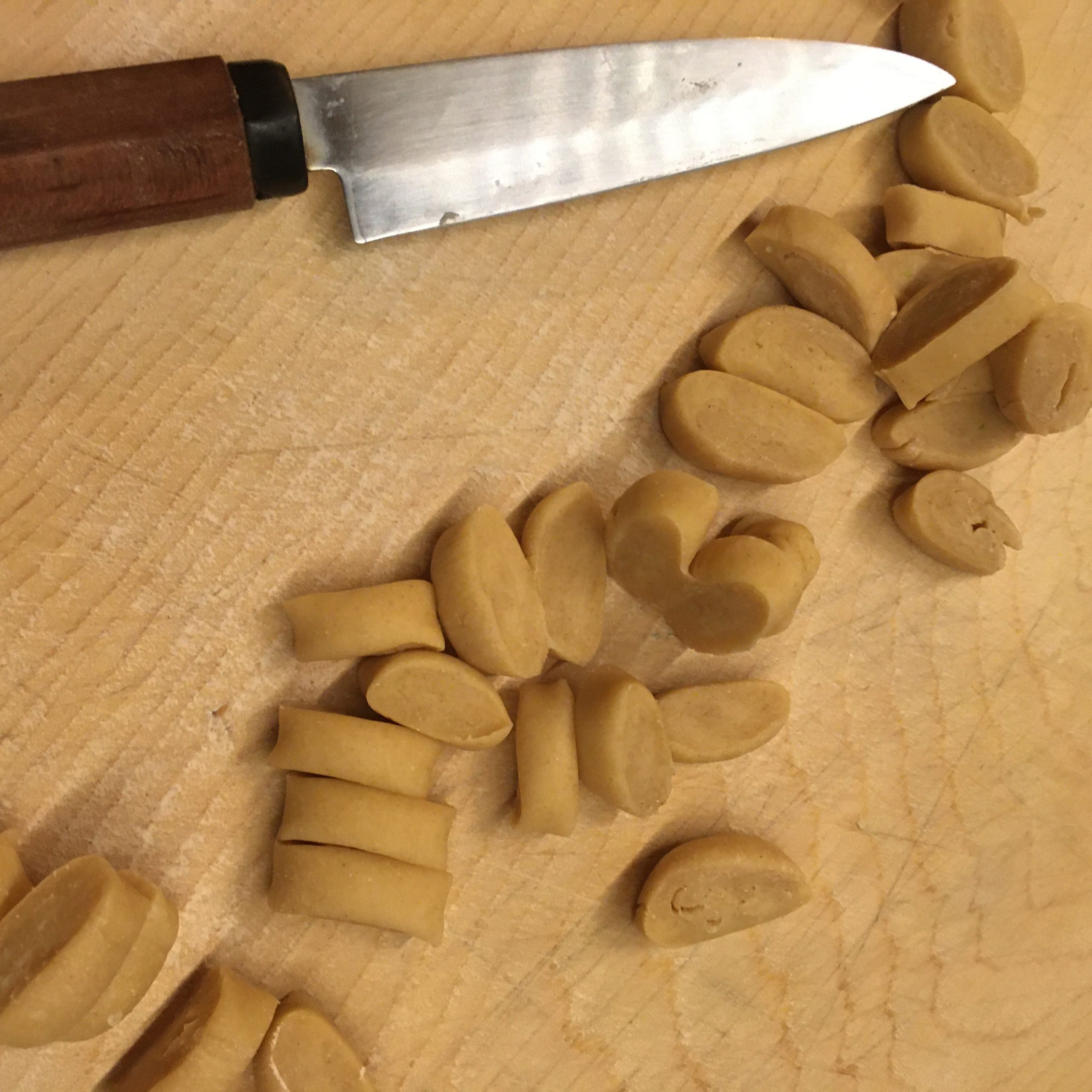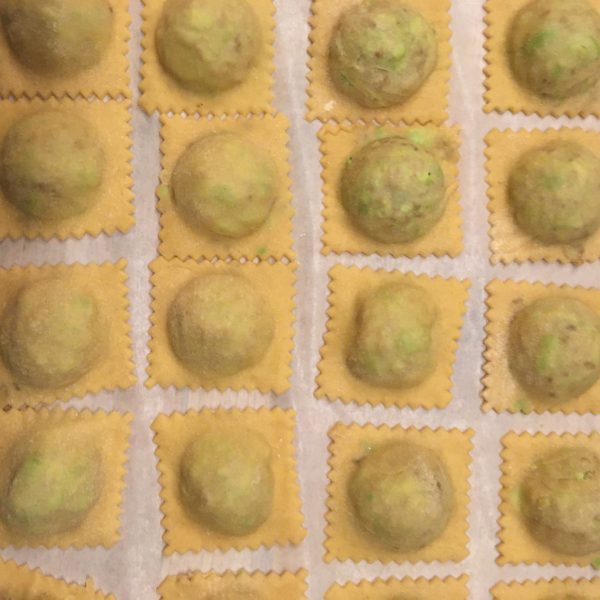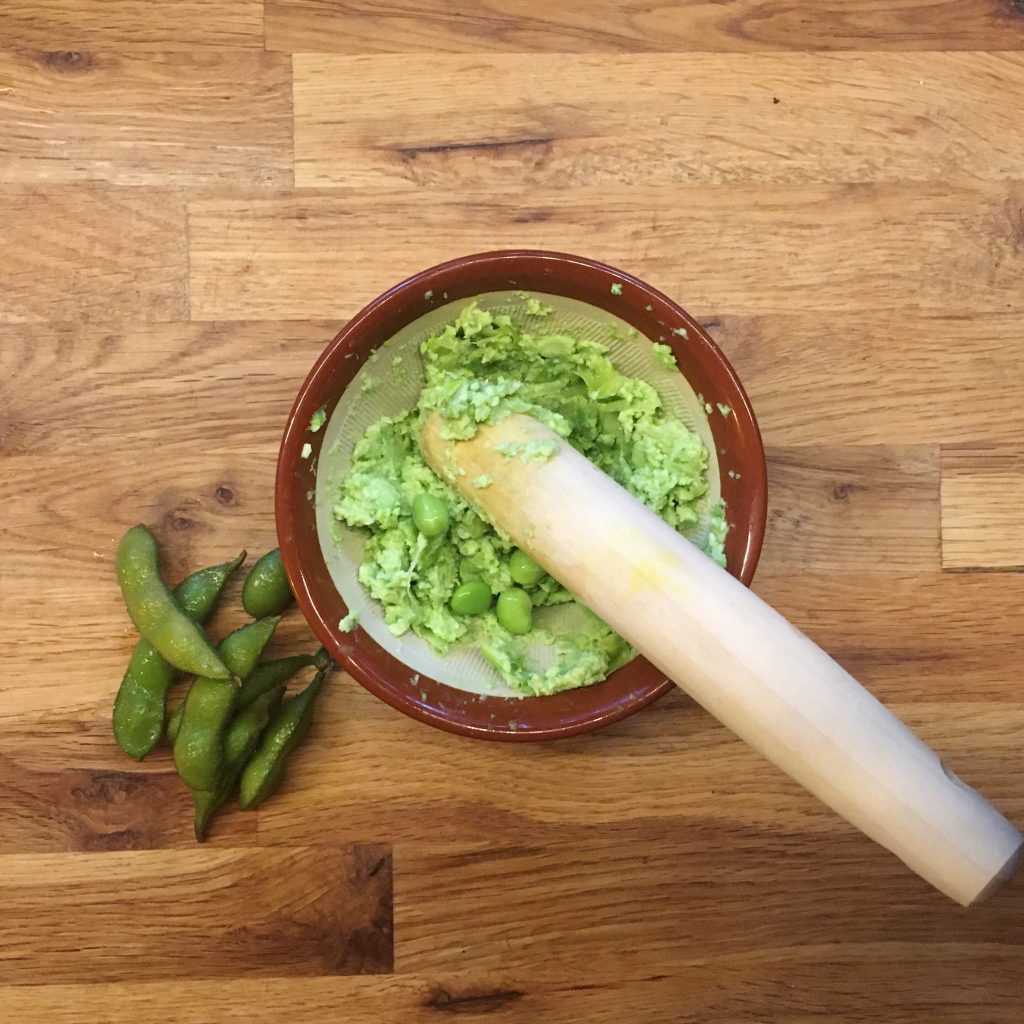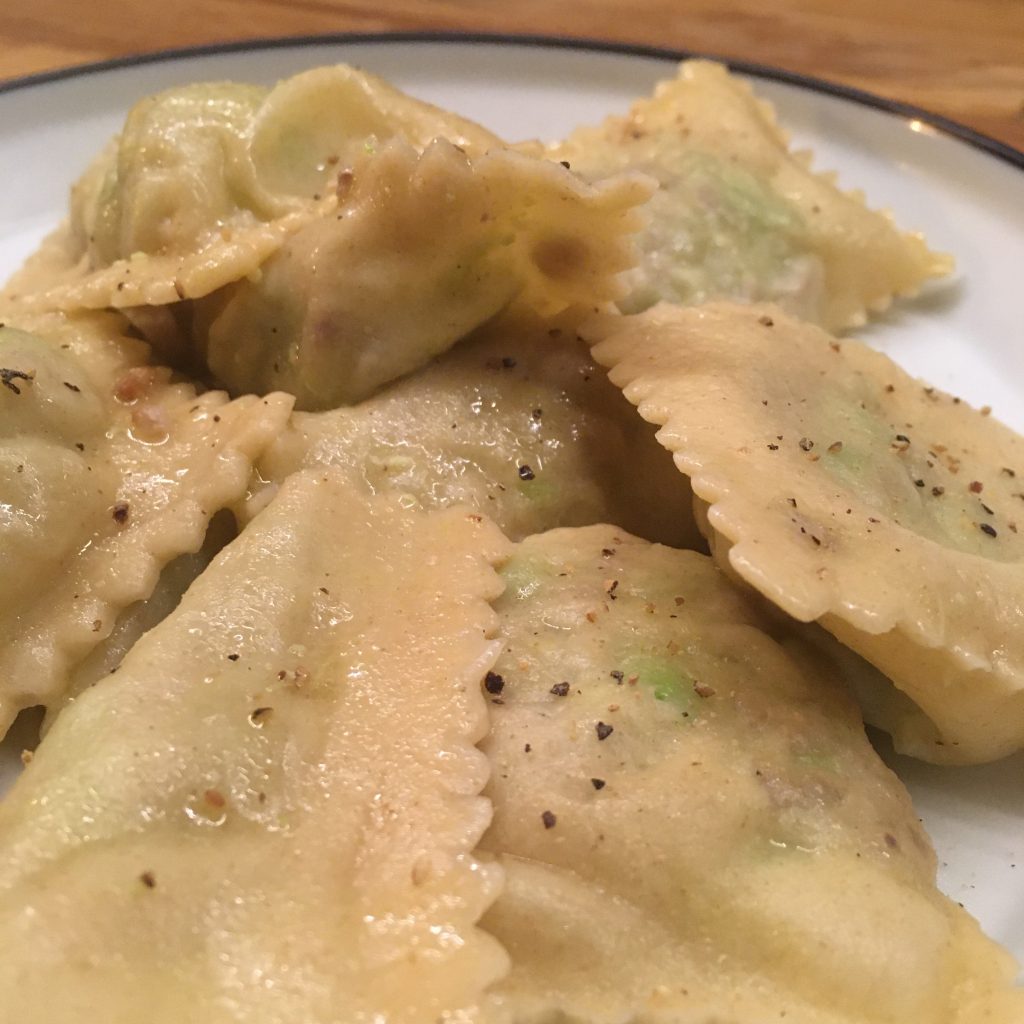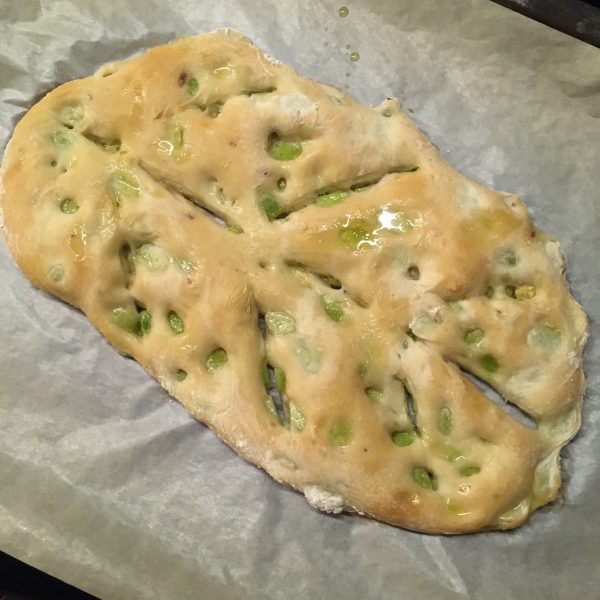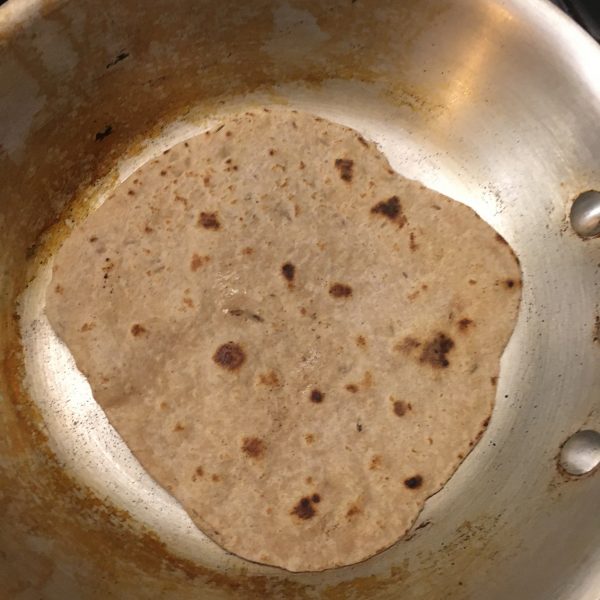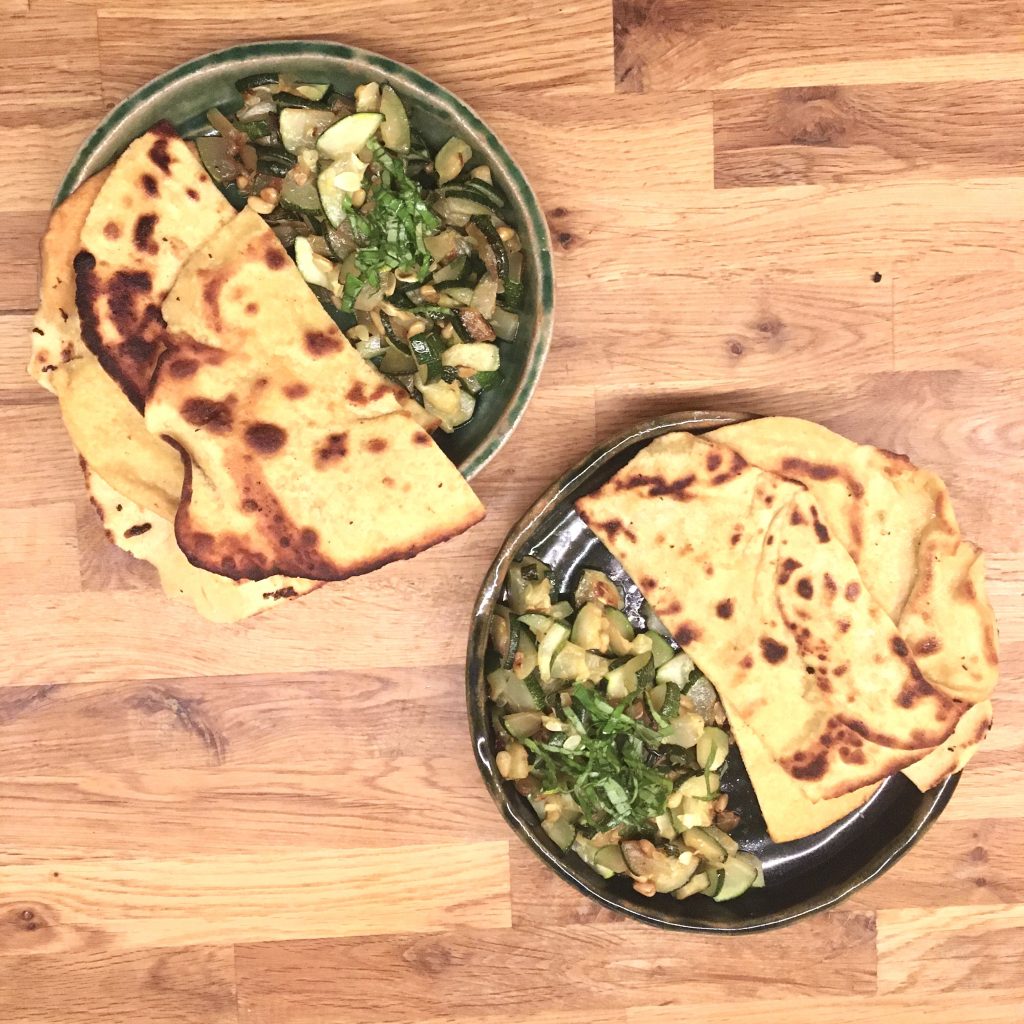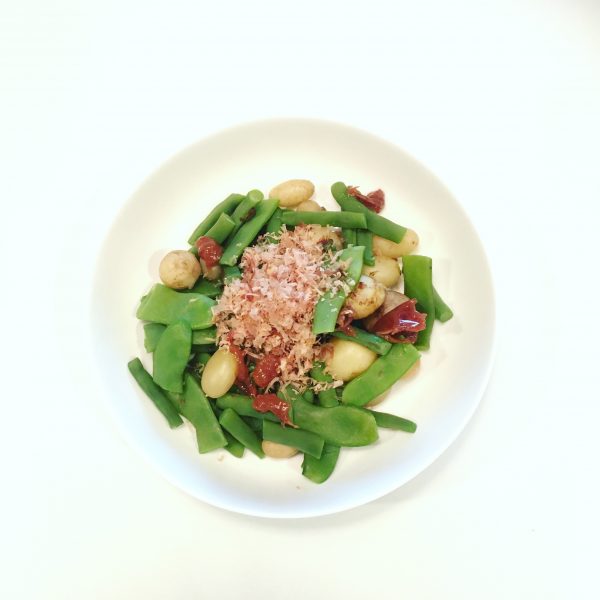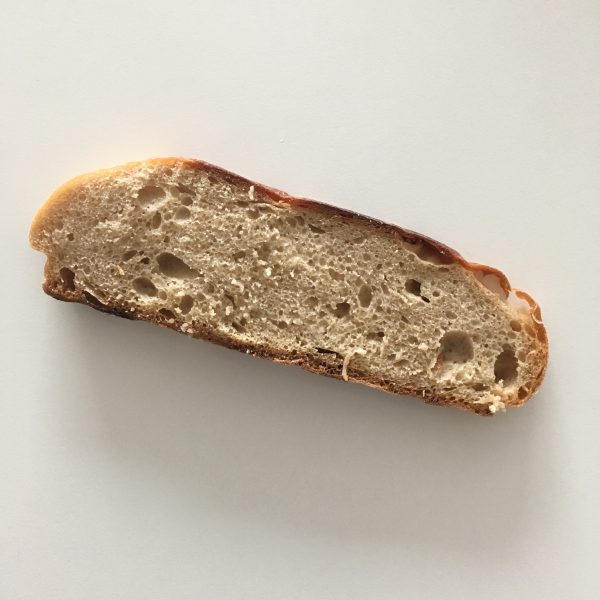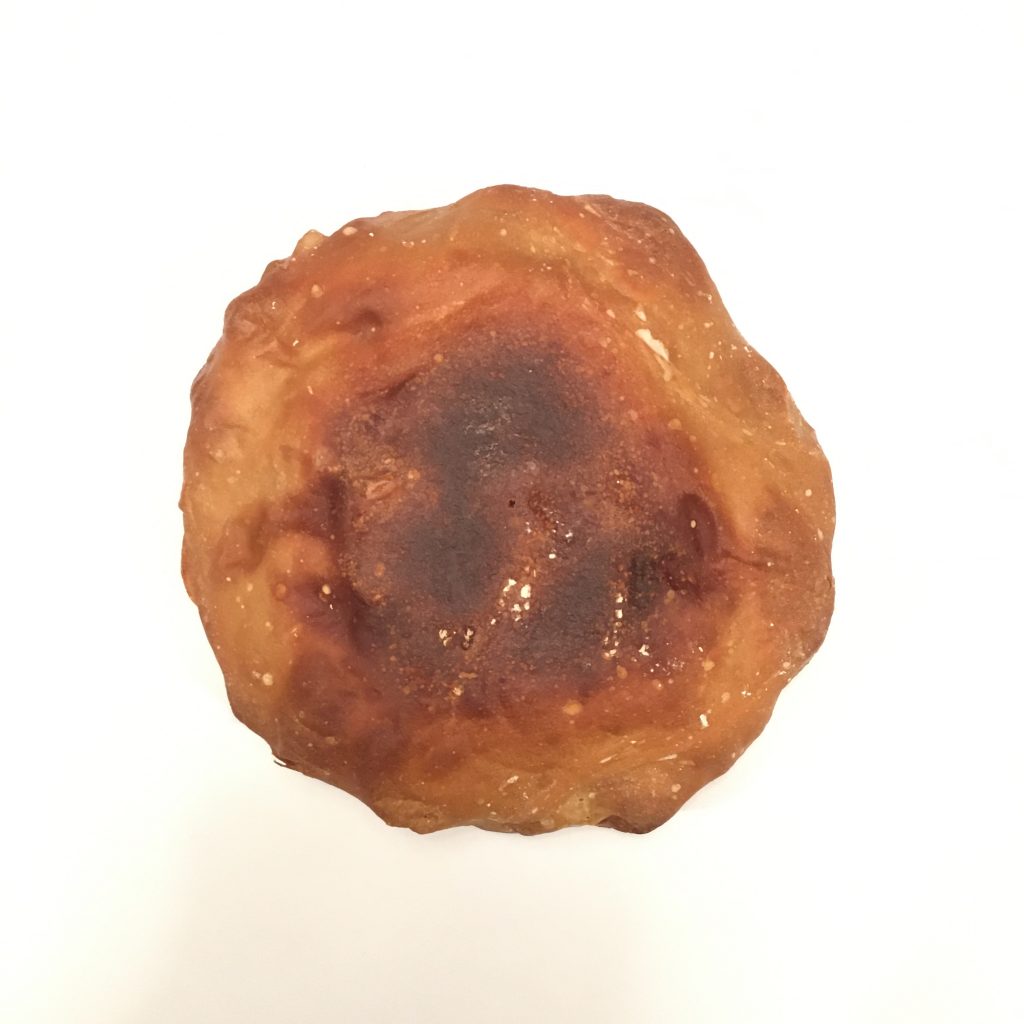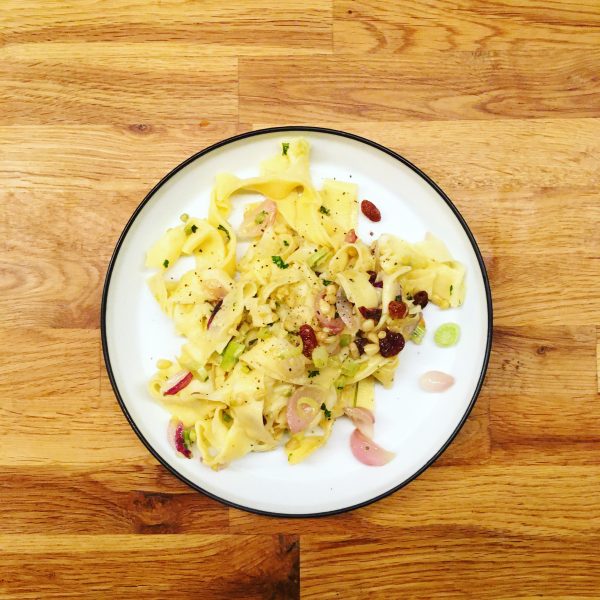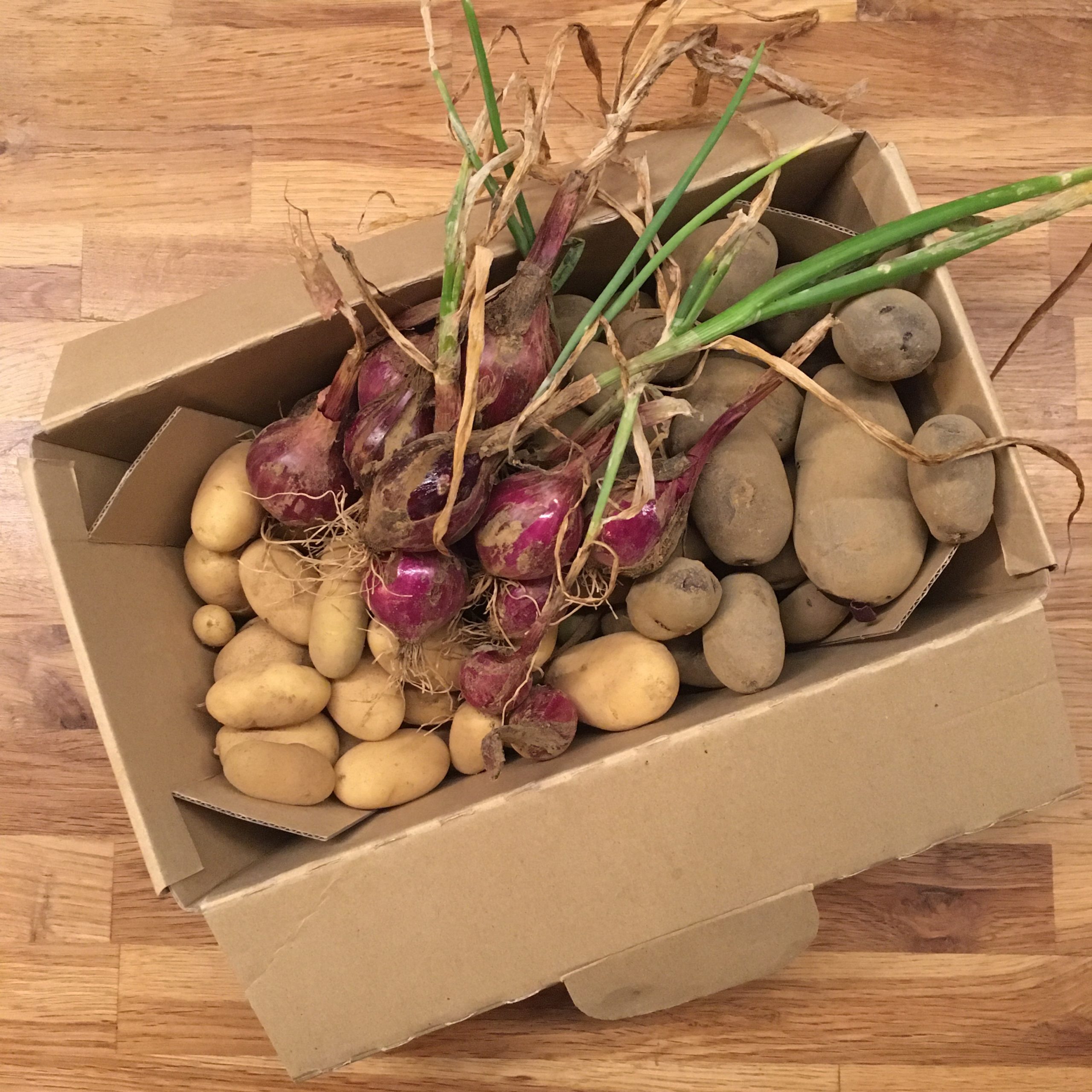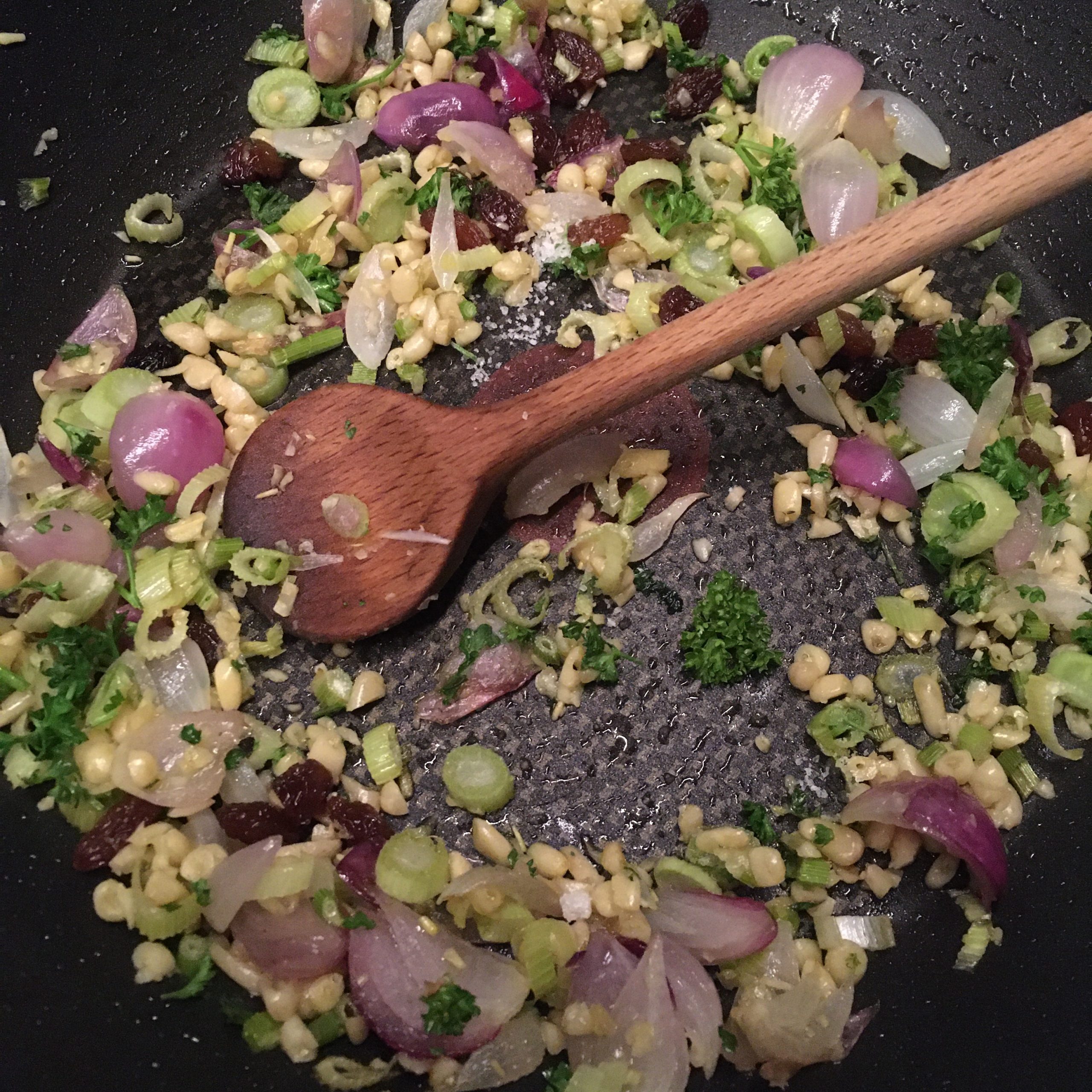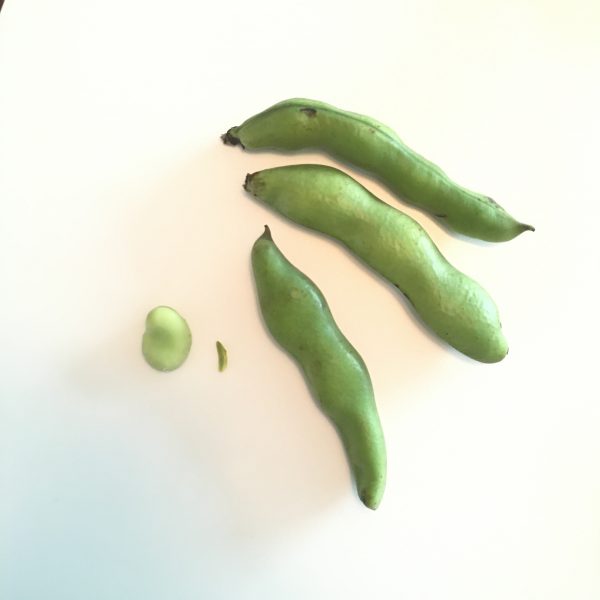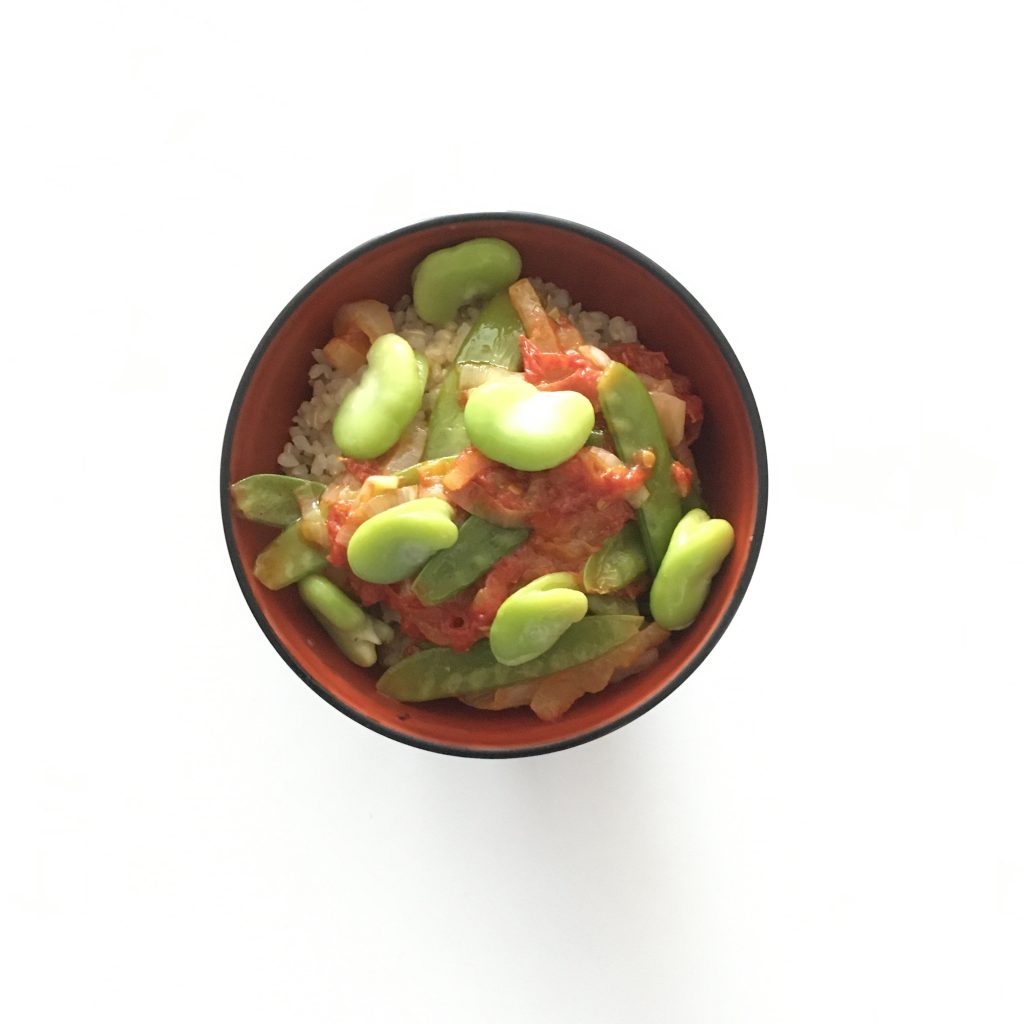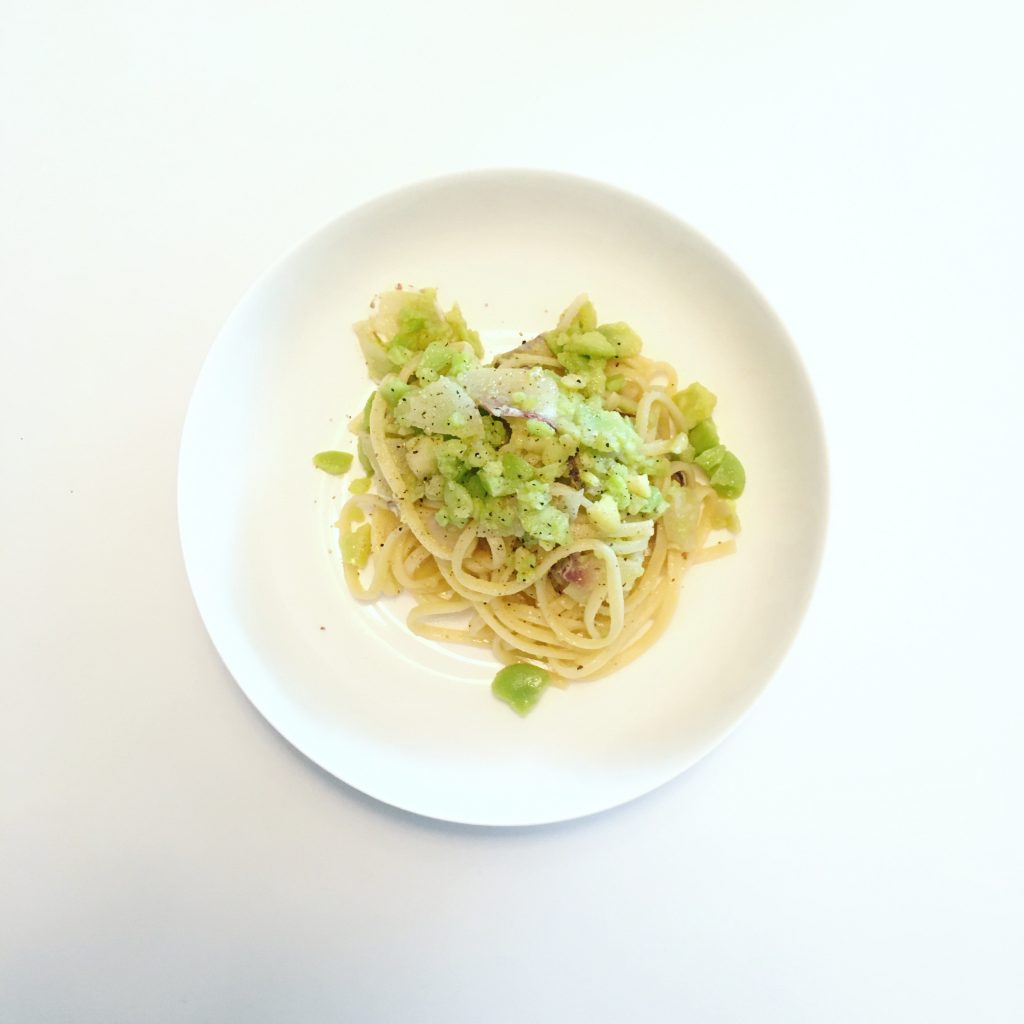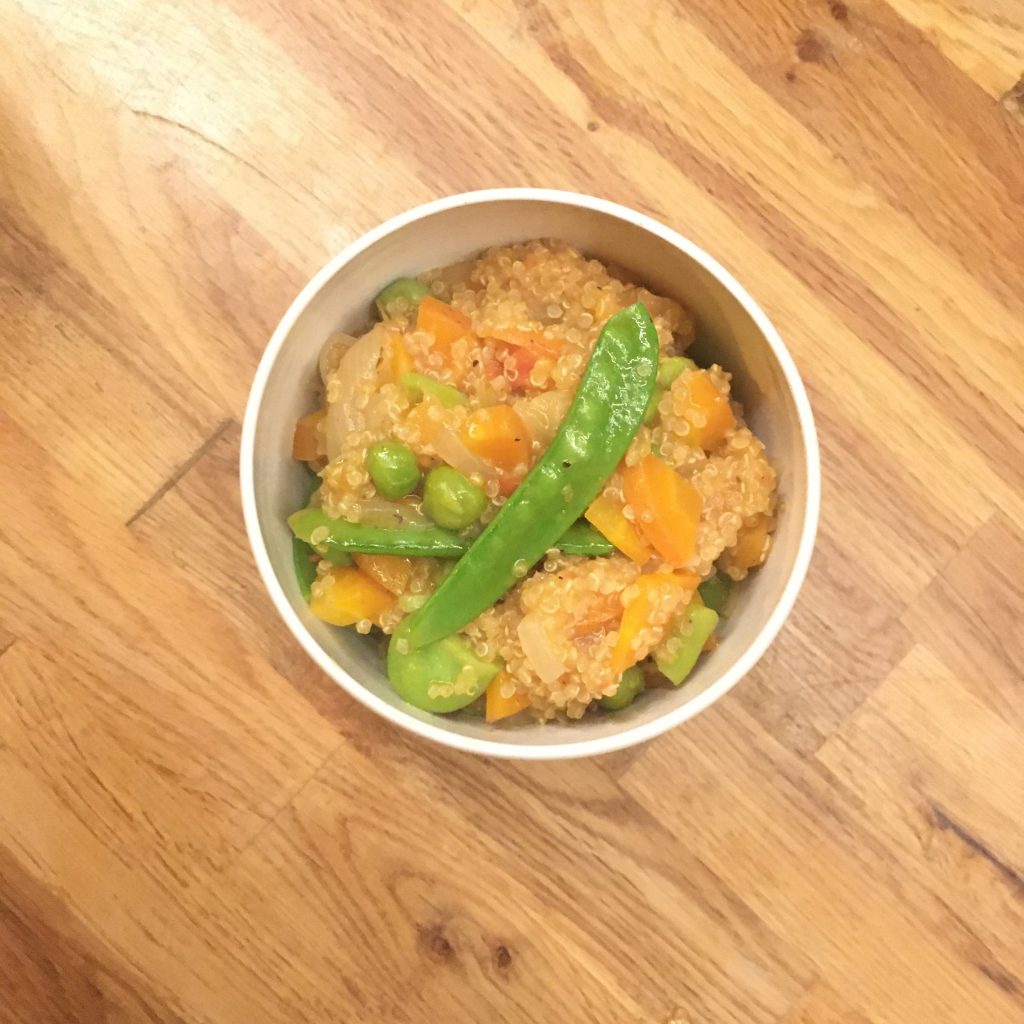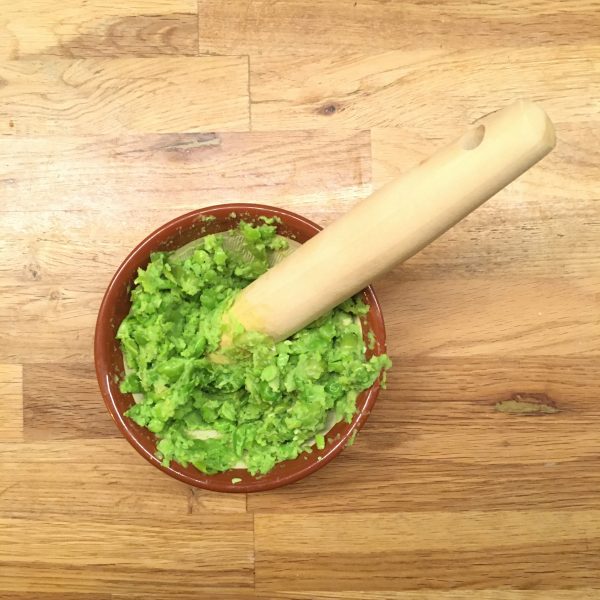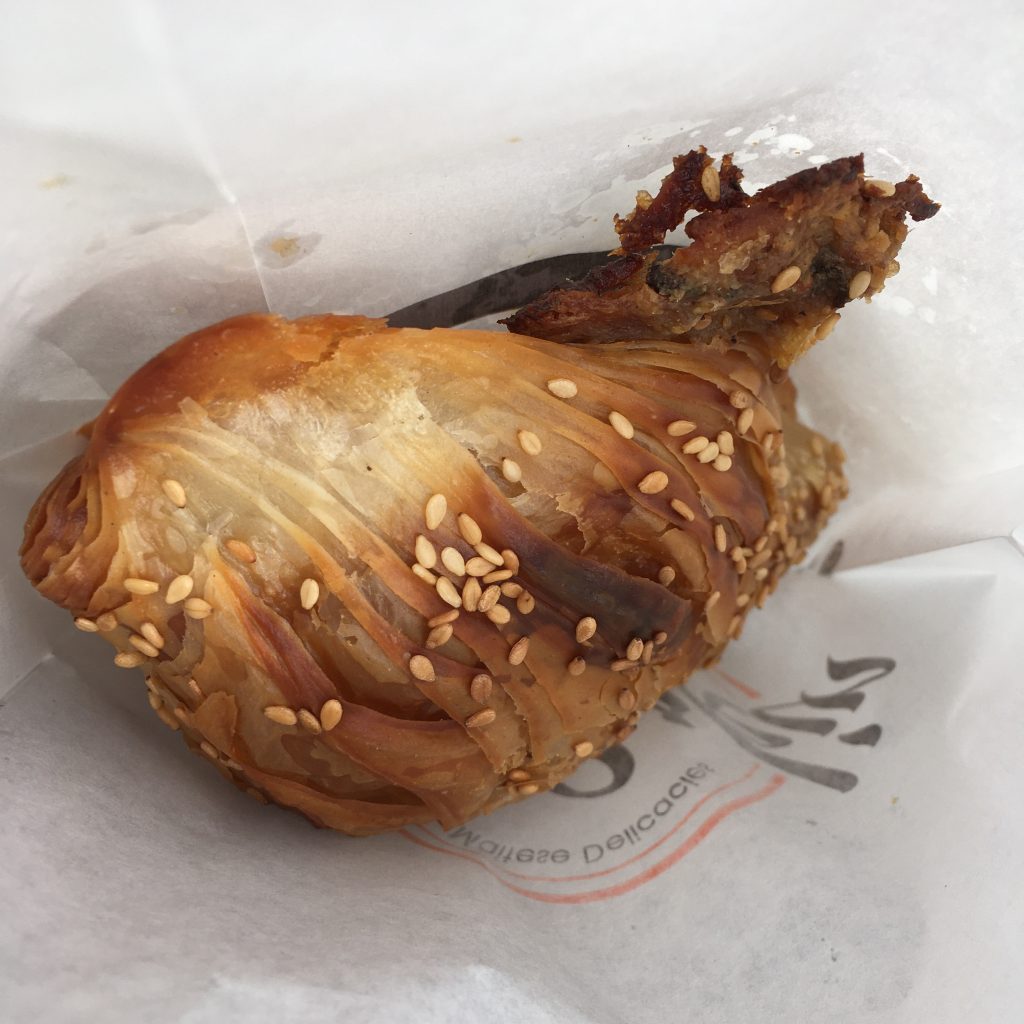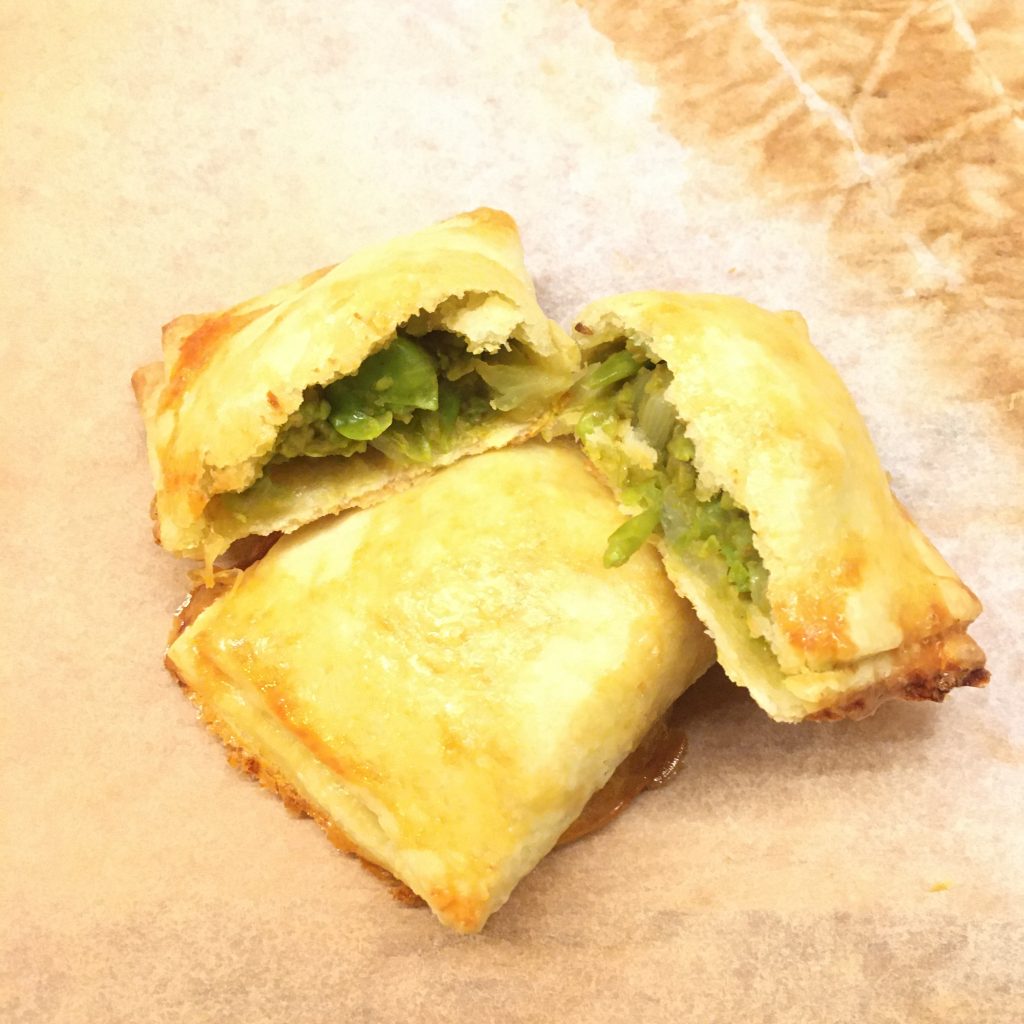When I make pasta for ravioli I always end up with a significant amount of pasta that has been floured and roll and is unsuitable for making ravioli again. It has become to dry. Usually I would just keep it that way, cut in squares and boil it or fry it as a little bonus or for finger food with a drink. But recently I have been really attracted to making shorter pasta like troffie, orecchiette, gnochetti… and seeing video of Scusatema on IG really inspired me to make the step and test… the ravioli rolled pasta is a lot drier and hard than the original pasta and I thought it would be perfect for the test. I have little cooking equipment, and thought my little gnocchi board would be good for that.
So I assembled all the remaining pasta in a ball, rolled it in a long stick.
Cut the stick in small pieces, and started rolling them on the board. That went just perfectly. No meed for additional flour, no sticky parts and beautifully shaped gnochetti came out one after the other. Bonus it is super relaxing to do this little gesture to roll the pasta on the board and see them pilling in front of me.
Since I made only a small amount instead of boiling them I cooked them in a little pan with olive oil and a bit of water, and waited for the water to go before lightly frying them, and served them as a little snack.
For sure I will make short pasta again soon! That was so nice!!
